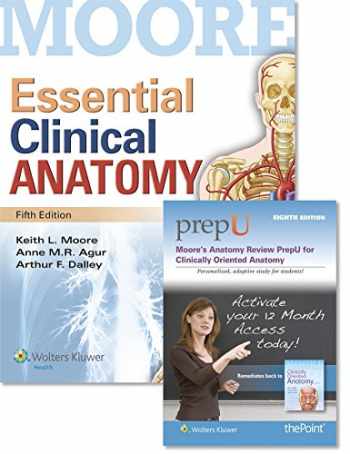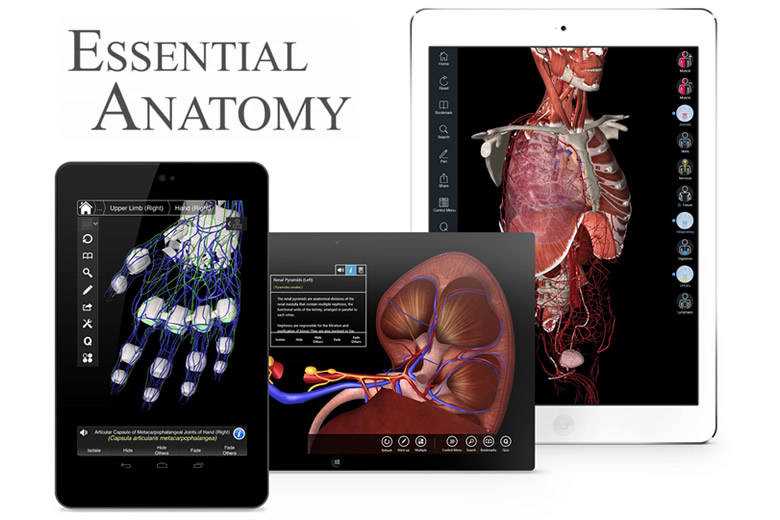

Not just an atlas, but an anatomy learning platform, with unique collaboration and learning tools. These are the femur, patella, tibia, fibula, seven tarsal bones, five metatarsal bones, and 14 phalanges.

These are the thigh, located between the hip and knee joints the leg, located between the knee and ankle joints and distal to the ankle, the foot. She and her husband Jeff have two children, Reid and Madeleine. The worlds leading 3D anatomy platform, with ground-breaking technology, models and content. The lower limb is divided into three regions. She was also contributing author to Human Anatomy, second edition, by Ken Saladin. Robin is a member of the Human Anatomy and Physiology Society, American Association of Anatomists, and American Association of Physical Anthropologists.

Robin collaborates on studies of ape anatomy with Adrienne Zihlman at the University of California, Santa Cruz. in physical (biological) anthropology from the University of Washington, where she studied the relationship between body fat and reproduction in primates. Robin McFarland has taught anatomy and physiology at Cabrillo College in Aptos, CA since 1998. Ken and his wife Diane have two adult children. He is the author of the best-selling textbooks Anatomy & Physiology: The Unity of Form and Function and Human Anatomy. Cells -> Tissues -> Organs -> Organ System -> Organism. Ken is a member of the Human Anatomy and Physiology Society, American Association of Anatomists, American Physiological Society, Society for Integrative and Comparative Biology, and American Association for the Advancement of Science. Tissues cumulate into organs, group of organs form organ systems and eventually, a complete organism. Physiology is analysed in the living being only. Because it forms a complete circle, depression. Anatomy can be analysed in dead as well as living beings. He has also previously taught introductory biology, general zoology, sociobiology, parasitology, and biomedical etymology. The cricoid cartilage is signet ring-shaped, as opposed to the C-shaped cartilages of the trachea (Figure 6-2). A detailed morphological description and illustrations of. Ken teaches human anatomy and physiology, introductory medical physiology, histology, animal behavior, and natural history of the Galápagos Islands. In this paper, we present the morphology, taxonomy, anatomy, and palynology of Papaver somniferum. Saladin is Professor of Biology at Georgia College & State University in Milledgeville, Georgia, where he has taught since 1977. 4 Histology- The Tissue Level of OrganizationĨ The Nervous System I: Nerve Cells, the Spinal Cord, and Reflexesĩ The Nervous System II: The Brain, Cranial Nerves, and Autonomic Nervous Systemġ3 The Circulatory System II: The Heart and Blood VesselsĪppendix C: Symbols, Weights, and Measures A-11Īppendix D: Biomedical Word Roots, Prefixes, and Suffixes A-13Īppendix E: Periodic Table of the Elements A-17


 0 kommentar(er)
0 kommentar(er)
